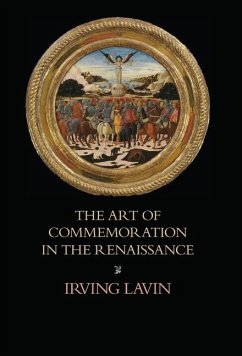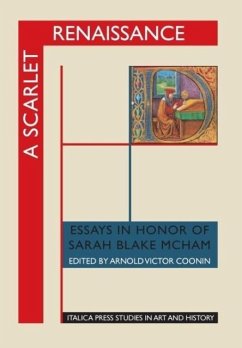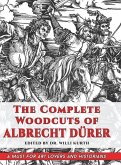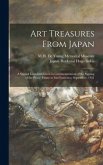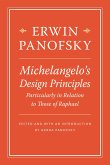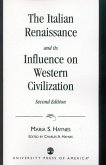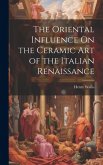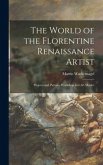In the early 1980s, Irving Lavin was invited to deliver The Slade Lectures at Oxford University, and he took it as an opportunity to develop an idea he had long considered but never articulated: that the Italian fifteenth-century revival of ancient art was an outward sign of fundamental changes in humanity's perception of the inner self. The change started when the individual emerged from the Middle Ages and began to exhibit a previously unknown awareness of the past as opposed to the present. The individual became a person who could make choices about existence on the basis of a new internal consciousness. What the Renaissance called the "new man" chose what emerged from the classical world as a higher culture and, having absorbed and transformed it, adopted it. The new mode of being not only transformed human actions, it also became the basis for a new manifestation in the arts in a style we term Renaissance. To develop this idea, in what Irving Lavin called The Art of Commemoration in the Renaissance, he studied the Renaissance contribution under several rubrics that form the basis of this collection. Chapters include: 1. Memory and the Sense of Self: On the Role of Memory in Psychological Theory from Antiquity to Giambattista Vico 2. On the Sources and Meaning of the Renaissance Portrait Bust 3. On Illusion and Allusion in Italian Sixteenth-Century Portrait Busts 4. Great Men Past and Present 5. Equestrian Monuments: The Indomitable Horseman 6. Collective Commemoration and the Family Chapel. Revising and developing through the years and until his death in 2019, Irving Lavin continued to expand, contract, and update this extravagant array of objects and ideas. These essays have now been edited in their final form, with updated notes and bibliography, by Marilyn Aronberg Lavin.
Hinweis: Dieser Artikel kann nur an eine deutsche Lieferadresse ausgeliefert werden.
Hinweis: Dieser Artikel kann nur an eine deutsche Lieferadresse ausgeliefert werden.

